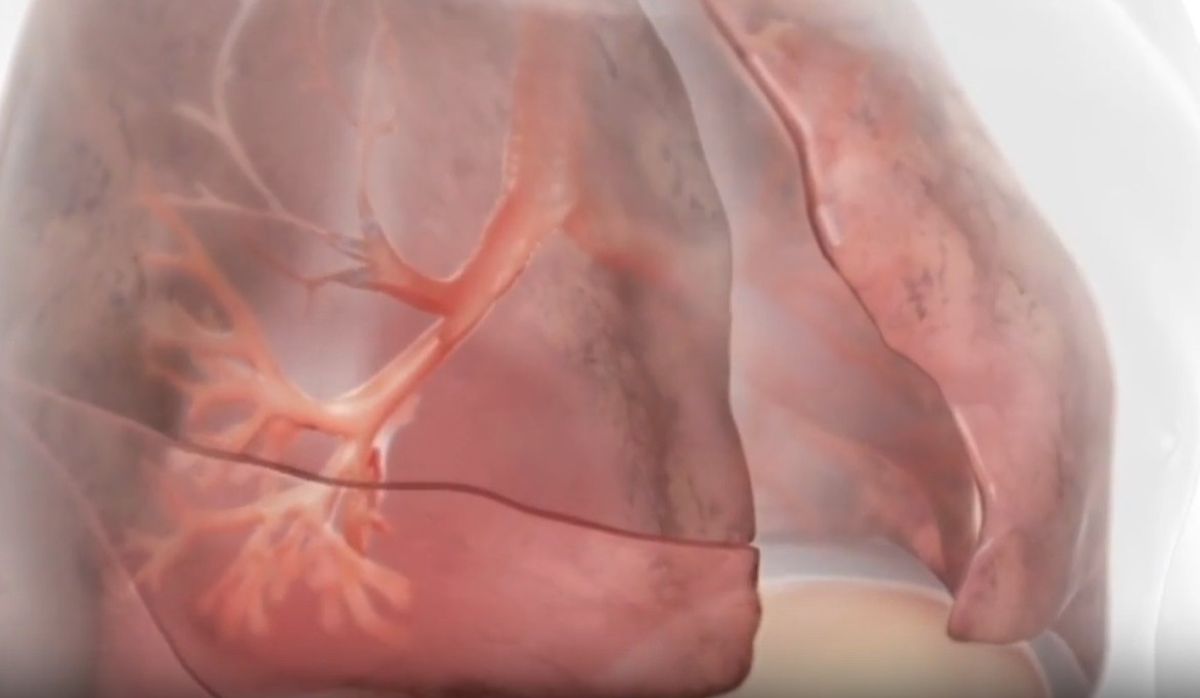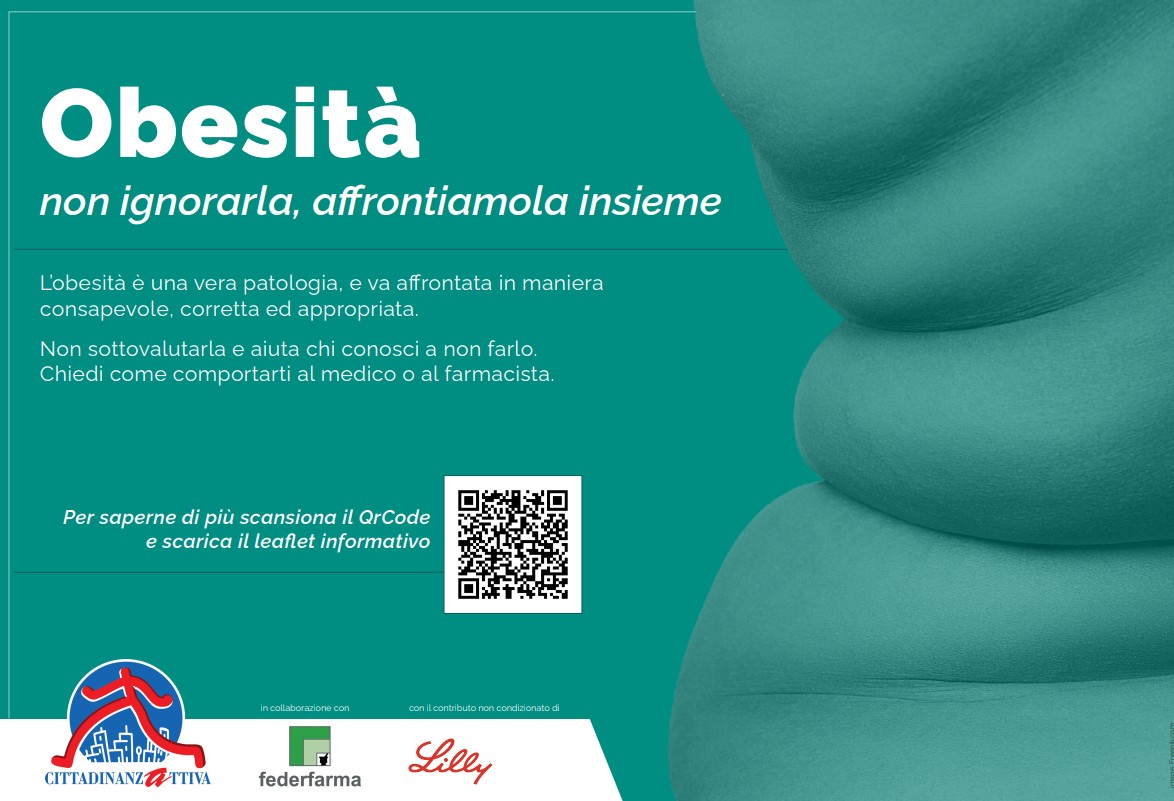ROMA (ITALPRESS) – BPCO – Broncopneumopathy Cronica Ostruttiva – is a widespread disease and one of the main causes of death in the world, although it is still underdiagnosed. According to ISTAT, in Italy the BPCO, affects from 5 to 10% of the population over 40 years (about 3.5/5 million people) and is responsible for more than 50% of the deaths for respiratory diseases. The BPCO initially manifests itself with short breath – dispnea or difficulty breathing during daily activities – and can also be characterized by anomalous mucous secretions. For a first diagnosis it is important to carry out a breath test, spirometry, which allows to evaluate the presence of bronchial obstruction and the amount of air trapped in the lungs, the so-called residual volume. In the most advanced cases, traditional therapy is mainly based on drugs administered with inhaler devices. As Michela Bezzi points out, Head of Interventist Pneumology at ASST Civil Spedali in Brescia: “It is important to remember that, together with pharmacological therapy, respiratory rehabilitation or lung physiotherapy is essential: It is an indispensable respiratory and motor rehabilitation to maintain an adequate level of muscle trophism and to teach patients with chronic obstructive bronchopathy to breathe correctly with respiratory muscles, especially with diaphragm.” To determine which patients can benefit from the treatment – and what therapy to take – some diagnostic tests are fundamental, such as TAC (Axial Computerized Tomography), which provides essential data on pulmonary anatomy, and of course spirometry. In the current model of treatment, for BPCO – especially when characterized by the presence of emphysema, progressive respiratory disease that affects the lung alveoli by reducing the amount of oxygen absorbed at each breath – there are several therapies available. Although drugs, oxygen therapy and rehabilitation can help manage symptoms, they do not reverse structural damage caused by emphysema, where ill lung tissue becomes hypertrophic and less efficient. For patients with advanced disease that remain breathless despite optimum therapy, reducing the volume of the most damaged areas can improve overall lung function. In the past, this was only possible through surgery, which is highly invasive and suitable for a few patients. To fill possible therapeutic gaps dependent on case to case, bronchoscopic techniques have been developed as a less invasive alternative. The endobronchial valve treatment uses tiny unidirectional valves to block the air flow in the sickest regions, while allowing trapped air and discharge secretions. This gradually reduces hyperinflation, giving the most healthy parts of the lung more space to expand and function effectively. Patients undergoing this procedure may find improvements in breathing, tolerance to exercise and quality of life, without the need for greater surgery. “The endobronchial valves for volumetric reduction in case of severe emphysema”, Bezzi continues, “are positioned by bronchoscopy, a mini-invasive procedure that does not require incisions or a real surgical intervention. Instead, it is a procedure of about an hour that allows us to reach bronchi, study its anatomy and finally place endobronchial valves through thin catheters, releasing them in the bronchi precisely and targeted”. After the discharge, the follow-up is entrusted to the reference pneumologist, who will prescribe a precise schedule of controls: “One month after treatment and after rehabilitation, the patient will perform a spirometry and X-ray; at 3 months, a plethismography of lung volumes and a new TAC; still, at 6 and 12 months, a spirometry and a chest X-ray and, finally, at 12 months a thoracic TAC”, concludes Bezzi. Patient Information: https://itpazienti.pulmonx.com/-photo screenshot video press office LTM & Partners –
(ITALPRESS).






